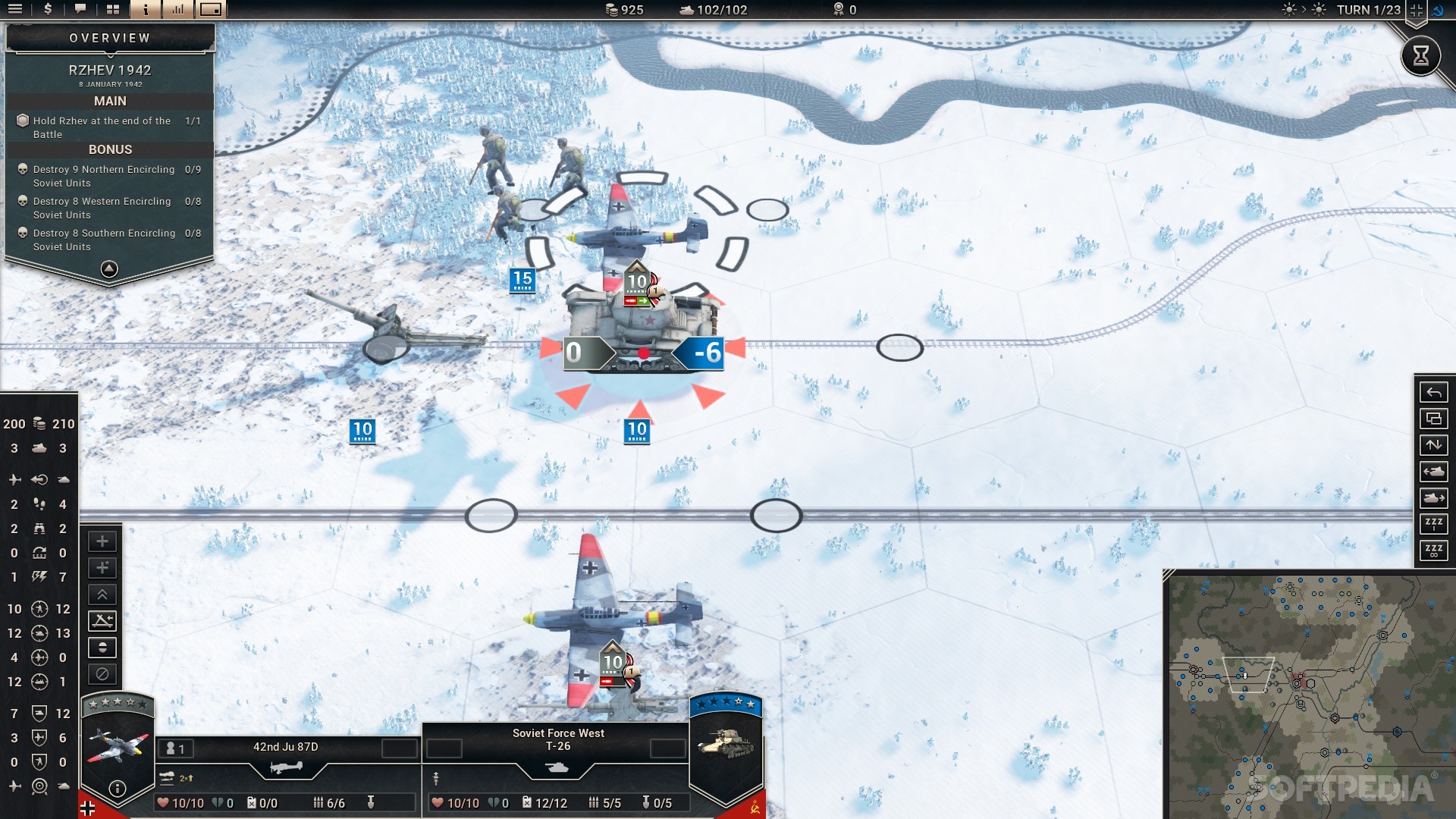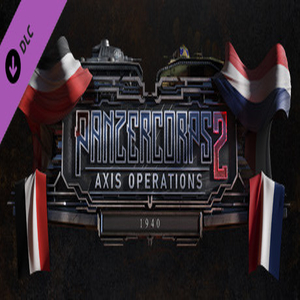

To use them, a bridging unit, such as the German Brückenpioniere, must occupy a river hex. Beware however that the other bank of a river will often be most heavily defended near bridges.īridge engineers and vehicles are special units that allow other units to cross the river as if a bridge existed over it. Units can travel across the bridges just like any other road (or in the case of a railroad, as if the river were merely not there), making them the easiest way to cross a river. Road bridges exist wherever a road or railroad crosses over a river tile. There are two exceptions to these rules: bridges and bridging units.

Major rivers, represented by much wider rivers on the map, are completely impassable to most ground units unless they have frozen over. The next turn, the unit will be able to move freely onto either bank of the river. To cross a minor river, a unit must begin its turn on a hex directly adjacent to the river, and entering the river hex will use up the unit’s entire move. Minor rivers can be crossed by units, but the process takes several turns and can seriously hamper an offensive. There are two types of rivers in the game: minor and major rivers. Rivers are a common terrain obstacle that pose significant challenges for a player on the offensive.

It has nowhere to go it will be scuttled (destroyed) instead. If able to, the ship will flee the port, and if Of that type of equipment in order to receive replacements.Ī further special case of retreats exists when a ship in a port is attackedīy an infantry or tank unit. Strength points’ worth of KV-2s from the Red Army, which would likely require You wanted a German KV-2 unit, you would need to force the surrender of ten Strength points of equipment to form a new 10-strength unit (for instance, if If enough of it is accumulated it is possible to build new units using theĮnemy’s weapons in the Purchase Screen. Guns can be ‘captured’ when they surrender. Some types of units, in particular tanks, artillery and anti-tank and anti-air Units or impassable terrain, units will try to avoid retreating into an Note: In addition to being unable to retreat into tiles occupied by other Value of the surviving part of the surrendering unit. When a unit surrenders, the attacker is rewarded with prestige equal to the Movement points or having nowhere to go, it will surrender instead. If a unit cannot retreat, whether due to running out of next turn’s Units cannotĮnter their transports when retreating (although the transport will not be Will not be available for the unit to use in its own next turn. Retreat comes with a cost: any movement points that the unit uses retreating Units will attempt to retreat in a direction awayįrom the attacker and may retreat multiple hexes to reach safety. Their unsuppressed strength will attempt to retreat immediately following theĪttack unless they are currently entrenched to a level greater than their baseĮntrenchment on that hex. Land-based units that suffer devastating non-ranged attacks that kill 66% of


 0 kommentar(er)
0 kommentar(er)
